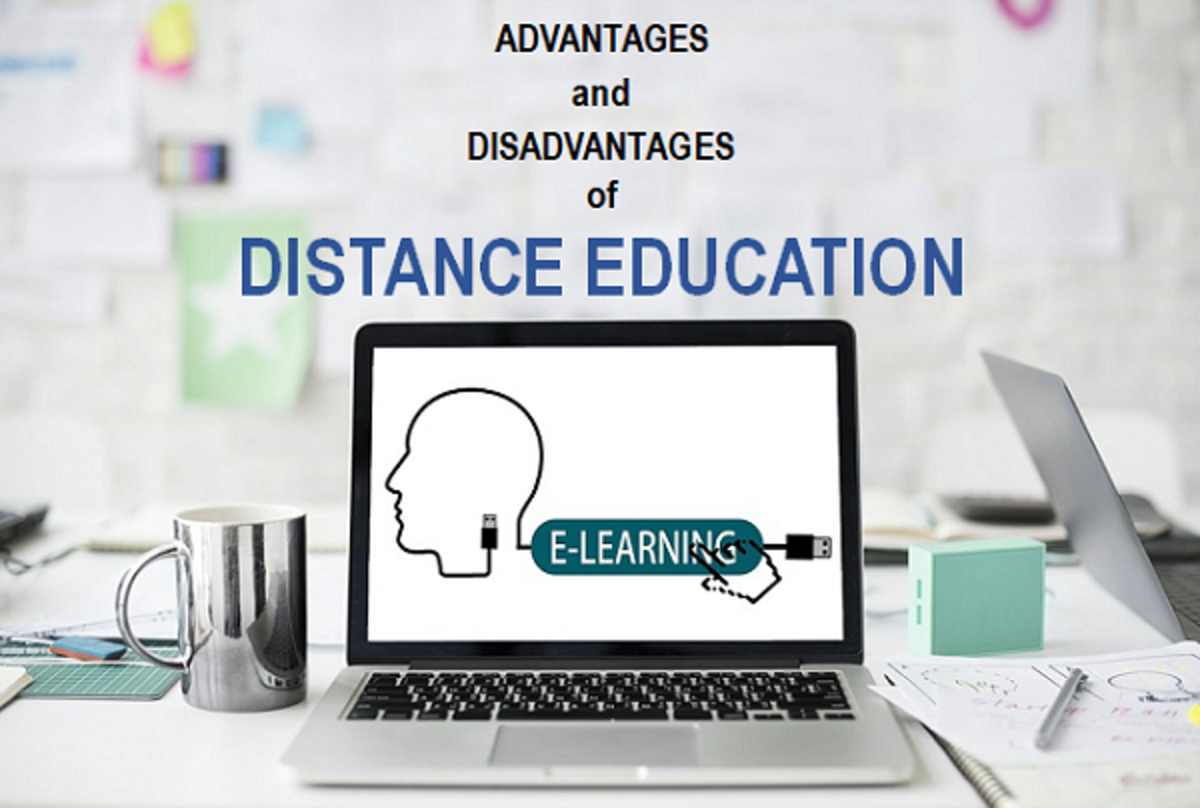Sense Of Community Among Online Learners
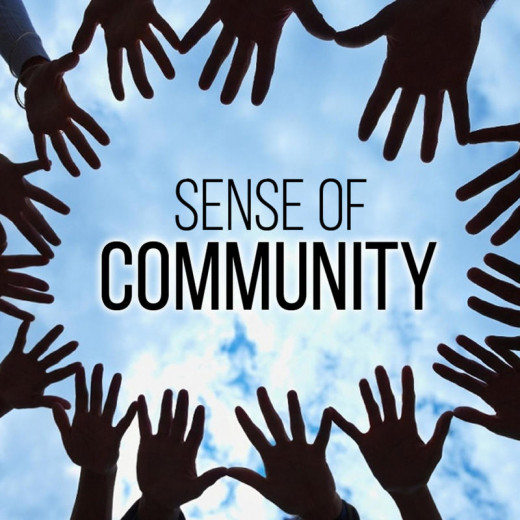
Online Learning is on the Rise, but Student Satisfaction is Declining
Fostering a sense of community among students in the online doctoral classroom is a significant topic as online enrollment continues to rise. The rapid growth of online learning makes it difficult to examine the history and analytics within online classrooms (Phirangee, Epp, & Hewitt, 2016). While it is known that sense of community in the online classroom is vital, there is a lack of research on the experiences of online doctoral students (Blackmon & Major, 2012). Byrd (2016), who conducted a qualitative study showing factors that influence students’ experiences relating to sense of community in the online classroom, suggests there is a significant amount of opportunity for future research on experiences of online doctoral students’ experiences with sense of community in the online classroom The gap is further supported by Roberson (2018), who suggests future research examine how online students can be better served by engaging academic communities and strategies designed to enhance the engagement experiences.
If the needs of the students in online programs are not met, they may have negative experiences and poor learning outcomes. Many researchers have acknowledged the importance of creating a social presence in the online classroom to develop an effective and enhanced online learning community (Akcaoglu & Lee, 2016; Garrison, Anderson, & Archer, 2000; Kozan & Richardson, 2014; Remesal & Colomina, 2013). Social presence encourages a sense of community in the online classroom (Remesal & Colomina, 2013). Bramorski, Manu, & Madan (2016) found that students report an effective online course contains student interaction with instructors, other students, and course content. Lapina et al. (2016) found that online students who have a high degree of communication with their instructors report higher degrees of satisfaction with online courses. A thorough examination of online doctoral learners’ experiences in relation to sense of community will help course designers and facilitators to provide engaging courses that meet the needs of the students.
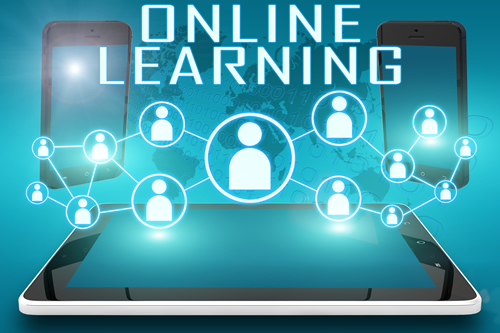
Psychological Sense of Community
The seminal author on the theory [A1] of sense of community was Sarason in 1974, who proposed the concept of psychological sense of community. In 1986, Sarason designated psychological sense of community as the central overarching concept in community psychology. McMillan conceptualized a working definition of sense of community in 1976, but further developed the theory and its related elements with Chavis in 1986. The meaning of community is complex (Chavis & Lee, 2015), but it is defined as “a feeling that members have of belonging, a feeling that members matter to one another and to the group, and a shared faith that members’ needs will be met through their commitment together” (McMillan & Chavis, 1986, p. 6). Chavis and Lee (2015) have more recently defined community as a feeling and a set of relationships among people with a purpose to form and maintain communities that meet common needs. The phenomenon being investigated is understanding the experiences of doctoral students enrolled in online classrooms to describe how they experience the elements of sense of community (Byrd, 2016).
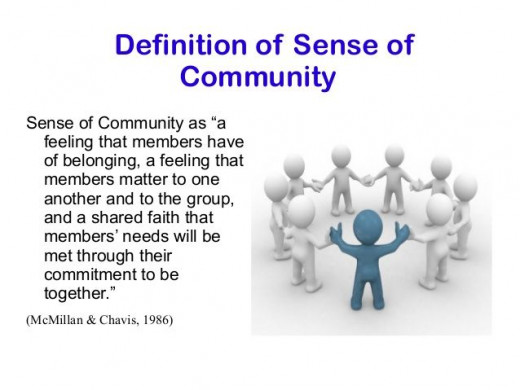
The sense of community theory is relevant to understand the phenomenon, as it encompasses every element within the phenomenon.
- Quality of online learning: Enrollment in online courses has increased by 263% in the last twelve years, and 5.8 million students were enrolled in online courses in 2016 (Online Learning Consortium, 2016). The growth of online learning has been rapid, but there is no universal way of measuring or evaluating the quality of online education (Gomez-Rey, Barbera, & Fernandez-Navarro, 2016).
- Sense of community in the online classroom: The four elements within the theory of sense of community are membership, influence, integration and fulfillment of needs, and a shared emotional connection (McMillan & Chavis, 1986). A strong sense of community increases the flow of information among learners, accessibility of support, commitment to group goals, collaboration among members, and successful group efforts (Byrd, 2016; Rovai, 2002).
- Changing face of higher education: In 1965, the typical student was college age and attended with a full-time status (Online Learning Consortium, 2016). In 2016, however, it was reported that 75% of undergraduates are 25 years or older (Online Learning Consortium, 2016). As the median college age rises, it is imperative to understand how the change affects the needs of the learners.
- Students’ needs or satisfaction with the online course: The Online Learning Consortium’s (OLC) 2016 Higher Education Online Learning Landscape found that four in five students claimed universities and professors could increase the use of technology to increase engagement and lead to better learning outcomes. Students’ satisfaction with the learning system can affect their overall satisfaction with their university (Al-Samarraie, Teng, Alzahrani, & Alalwan, 2017). Erdem & Gumus (2016) found that students’ attitudes towards learning are better when students experience high amounts of sense of community and less isolation.
- Social Presence: Several researchers have acknowledged the importance of social presence, integration, and interaction in educational settings such as the online classroom (Akcaoglu & Lee, 2016; Borup, West, & Graham, 2013; Shackelford & Maxwell, 2012). Richardson, Maeda, Lv, and Caskurlu (2017) found a strong positive correlation between social presence and satisfaction in the online classroom. When asked about sociability elements, students raised concerns regarding social presence and wanting to know what other group members are like, as it makes it easier to post and participate as part of the group (Malinen, 2016).
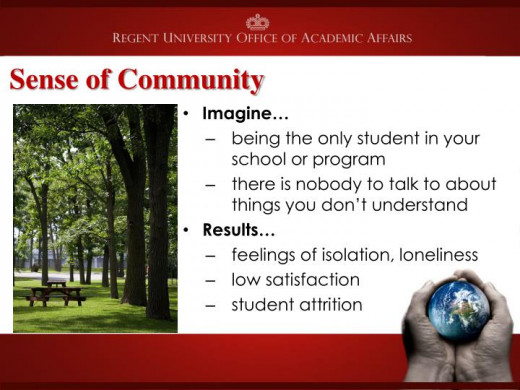
References
Akcaoglu, M., & Lee, E. (2016). Increasing social presence in online learning through small group discussions. International Review of Research in Open and Distributed Learning, 17(3), 1–17. doi:10.19173/irrodl.v17i3.2293
Al-Samarraie, H., Teng, B. K., Alzahrani, A. I., & Alalwan, N. (2017). E-learning continuance satisfaction in higher education: A unified perspective from instructors and students. Studies in Higher Education. doi:10.1080/03075079.2017.1298088
Blackmon, S. J., & Major, C. (2012). Student experiences in online courses: A qualitative research synthesis. Quarterly Review of Distance Education, 13(2), 77-85,131.
Borup, J., West, R. E., & Graham, C. R. (2013). The influence of asynchronous video communication on learner social presence: A narrative analysis of four cases. Distance Education, 34(1), 48-63. doi:10.1080/01587919.2013.770427
Bramorski, T., & Madan, M. (2016). Evaluating student perceptions of course delivery platforms. Journal of College Teaching & Learning (Online), 13(2), 29.
Byrd, J. C. (2016). Understanding the online doctoral learning experience: Factors that contribute to students' sense of community. Journal of Educators Online, 13(2), 102-135. doi:10.9743/jeo.2016.2.3
Chavis, D. M., & Lee, K. (2015). What is community anyway? Stanford Social Innovation Review.
Erdem, A., & Gumus, S. (2016). Sense of classroom community and team development process in online learning. Turkish Online Journal of Distance Education (TOJDE), 17(1), 60-77.
Kozan, K., & Richardson, J. C. (2014). New exploratory and confirmatory factor analysis insights into the community of inquiry survey. The Internet and Higher Education, 23, 39-47.
Garrison, D. R., Anderson, T., & Archer, W. (2000). Critical inquiry in a text-based environment: Computer conferencing in higher education. The Internet and Higher Education, 2(2-3), 87-105.
Gomez-Rey, P., Barbera, E., & Fernandez-Navarro, F. (2016). Measuring teachers and learners’ perceptions of the quality of their online learning experience. Distance Education, 37(2), 146-163. doi:10.1080/01587919.2016.1184396
Lapina, I., Roga, R., & Müürsepp, P. (2016). Quality of higher education. International Journal of Quality and Service Sciences, 8(3), 263-278. doi:10.1108/IJQSS-04-2016-0029
Malinen, S. (2016). Sociability and sense of community among users of online services (Doctoral Dissertation). Retrieved from https://tampub.uta.fi/
McMillan, D. W., & Chavis, D. M. (1986). Sense of community: A definition and theory. Journal of Community Psychology, 14(1), 6-23. Retrieved from http://www.drdavidmcmillan.com/article-1/
Online Learning Consortium (2016). 2016 Higher education online learning landscape. Retrieved from http://onlinelearningconsortium.org/
Phirangee, K., Epp, C. D., & Hewitt, J. (2016). Exploring the relationships between facilitation methods, students' sense of community, and their online behaviors. Online Learning, 20(2), 76.
Remesal, A., & Colomina, R. (2013). Social presence in online small collaborative group work: A socio-constructivist account. Computers & Education, 60, 357-367.
Richardson, J. C., Maeda, Y., Lv, J., & Caskurlu, S. (2017). Social presence in relation to students’ satisfaction and learning in the online environment. A meta-analysis. Computers in Human Behavior, 71, 403-417.
Roberson, A. (2018). Exploring the Relationship between Students' Sense of Community, Student Satisfaction, and Doctoral Program Retention (Doctoral Dissertation). Doctoral Dissertations and Projects. 1792.
Rovai, A. P. (2002). Building sense of community at a distance. The International Review of Research in Open and Distance Learning, 3(1), 1-16.
Sarason, S. B. (1974). The psychological sense of community: Prospects for a community psychology. San Francisco: Jossey-Bass.
Sarason, S. B. (1986). Commentary: The emergence of a conceptual center. Journal of Community Psychology, 14, 405-407.








